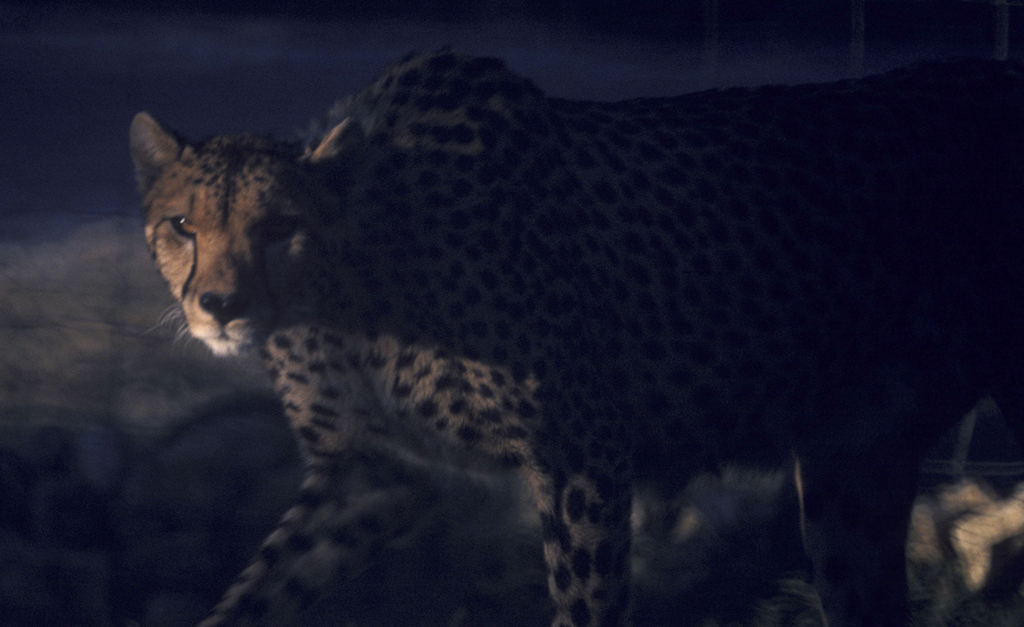by John Jefferson
The first live ocelot I ever saw was in a cage outside a furniture store in Nuevo Laredo, Mexico in the ‘60s. It was the most beautiful cat I had ever seen.
Although my wildlife knowledge at the time was limited, I recognized it as an ocelot. I also suspected that possessing and offering it for sale was probably illegal in the U.S. and elsewhere, but I surely didn’t ask questions about it in Mexico. Most border towns back then were “Alice’s Restaurant-South”, if you remember that song.
Ocelots are rare and endangered. Once reported to occupy coastal and riverine habitats extending down the coast from Brazoria County to and up the Rio Grande to Webb County, their habitat has shrunk.
Official survey data indicates there are about 80 in the U.S., and all are in the densest parts of several lower counties. Some of the most likely habitat for them is on the 45,000 Laguna Atascosa National Wildlife Refuge near Harlingen.That area of thick, tangled brush is the largest tract of undeveloped habitat remaining in the Valley.
My copy of “South Texas Wildlife”, the newsletter of the Caesar Kleberg Wildlife Research Institute (CKWRI) at Texas A&M-Kingsville, arrived this week. The lead article was written by Dr. Michael Tewes, of CKWRI, Americas leading researcher of wild cats. Mike spoke of a recent documentary directed by Ben Masters and produced by Katy Baldock of “Fin and Fur Films”, entitled “American Ocelot.”
Masters’ name may be familiar for the film he honchoed a couple of years ago entitled “Unbranded”. He and a classmate from Texas A&M and a couple of other horsemen-friends drove a small herd of wild mustangs from the Mexican border to the Canadian border. If you haven’t seen it, you oughta!
From that successful adventure, Masters decided he liked that kind of work, and has made other documentaries. From the looks of his “play list,” he chooses things nobody else has ever done. And things some said can’t be done! Reminds me a little of my “bullet-proof” days when I considered camping out near Fouke, Arkansas to photograph “Bigfoot” before the myth was debunked. Or the time I talked to the AP about joining up with Subcomandante Marcos for an interview and pictures during his reign near Chiapas, Mexico.
But having spent a lot of life crawling through brush to photograph wildlife, I’ve got to salute his patience and fortitude in stealthily and undisturbingly invading the clandestine habitat of a mother ocelot and her kitten.
According to Dr. Tewes, “Ocelots setup their den sites within the densest brush imaginable. Their ability to navigate through a wall of thorny shrubs separates their kittens from bobcats and coyotes. And it’s even harder for a filmmaker to set cameras.” He also wrote that she must protect her den from other intruding ocelot mothers.
Mike ended his article by saying, “American Ocelot” has produced a spectacular visual legacy that will inspire ocelot recovery for many years to come.”
We need to see it!
JJ





